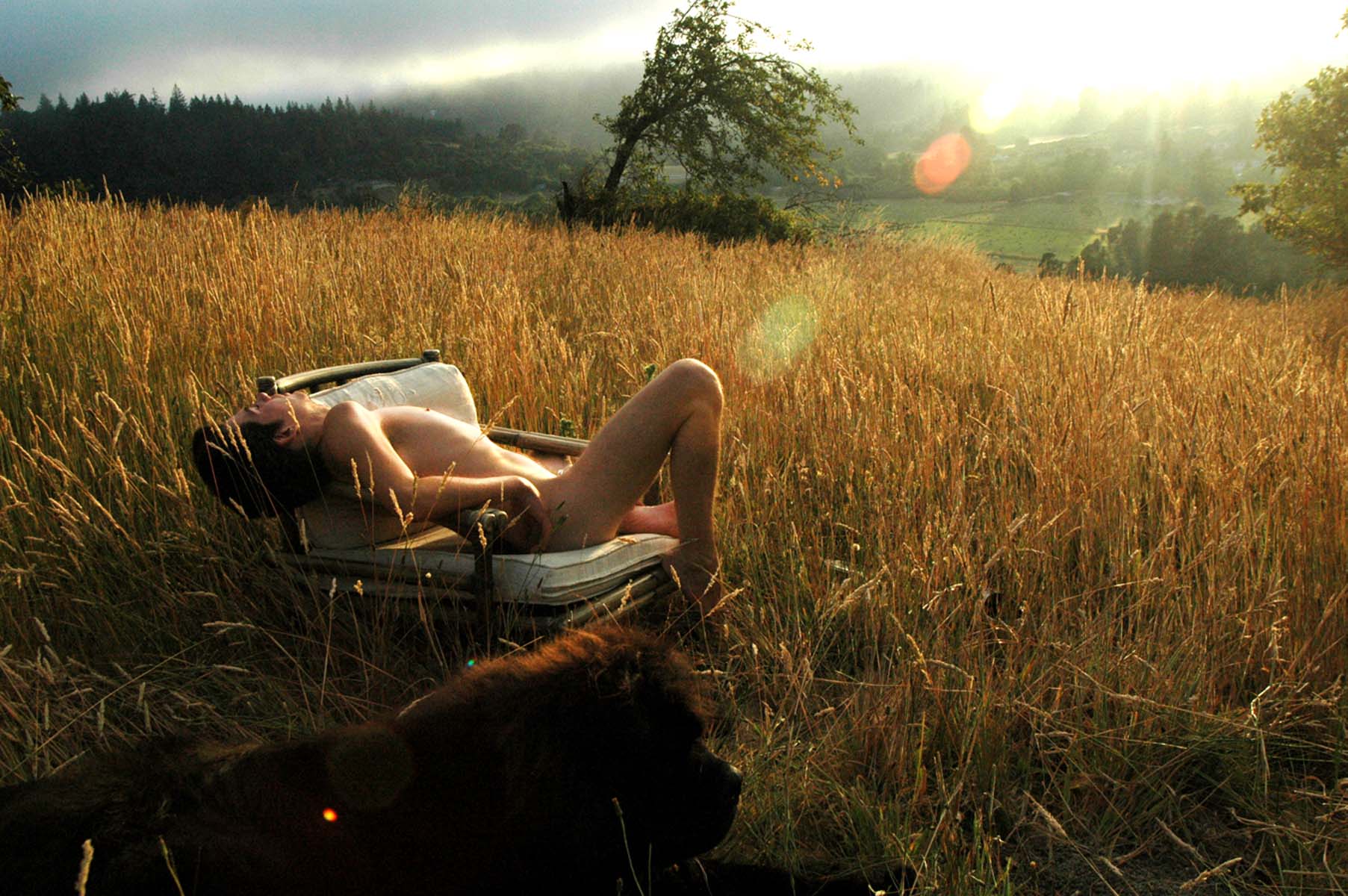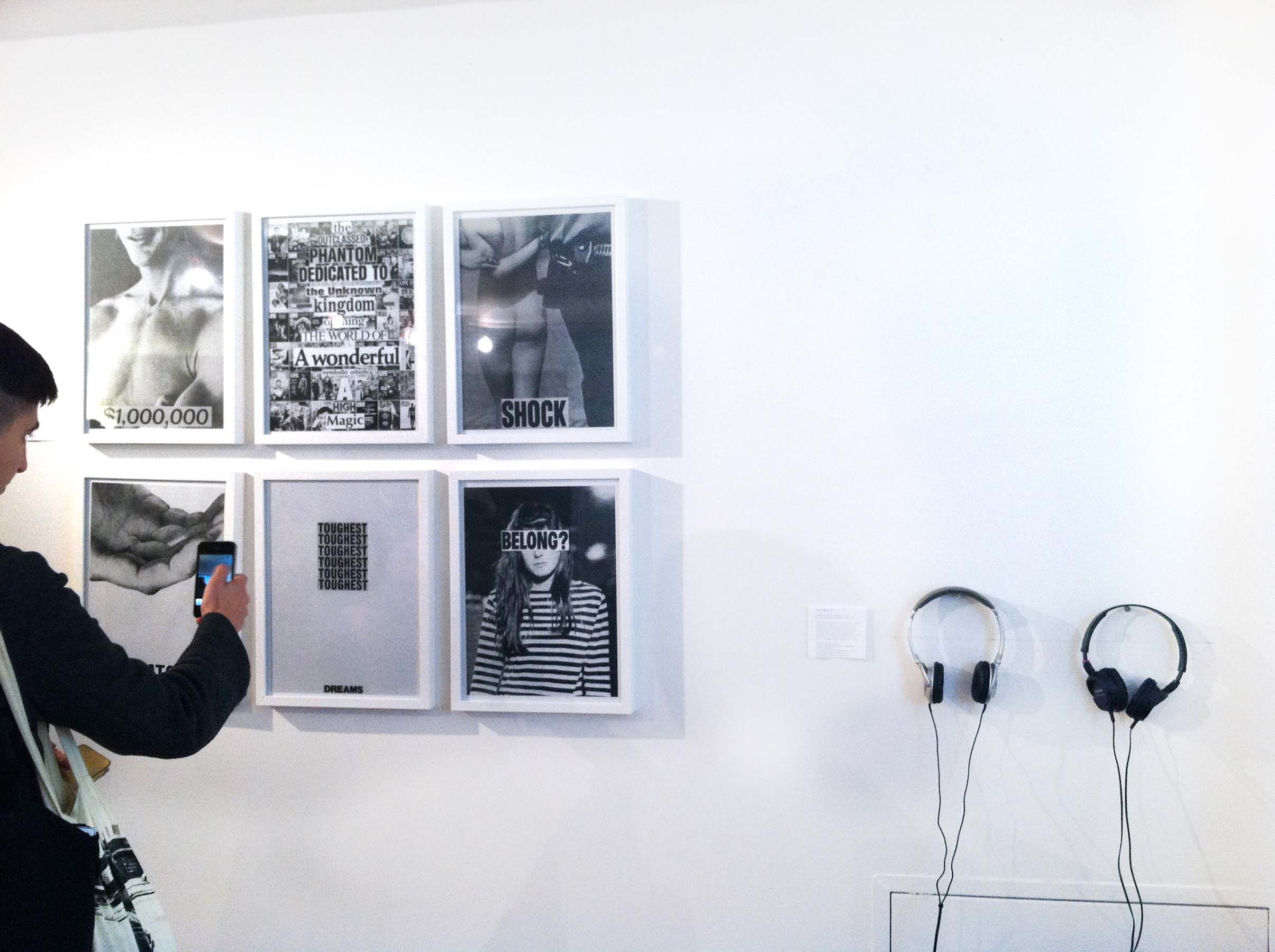In the recent pop up event Out Twenty Four, presented by artist and founder of Descry Arts Project- Chelsea Rae Klein, the doggone happening went and passed allowing an intimate audience to celebrate the National Coming Out Day (NCOD).

Image courtesy of Descry Arts Project
Out Twenty Four curated a selection of queer artists, whose works- in the form of photography, digital media, performance and oral history, canvassed as story of queer politics and otherness in a short three hour event. Curated by Klein, the selection of works represented opened and bookended with a subtle yet concise curatorial vision- to display the panorama of young queer artists. The pop up event provided space for dialog and interaction that afforded the audience the opportunity to partake in the small NCOD celebration.

Image courtesy of Descry Arts Project
The reading by oral historian and writer Svetlana Kitto narrated through first person an intimate story of the many layers can individual bare; Queer, Jewish, Russian, American, and Vegetarian. Kitto's reading We never Liked Her transmitted through the small gallery space, painting a sonic landscape that told the story of Kitto's journey to Russia. Kitto's anecdotal story portrayed a much larger question of how one negotiates new and old geographies and identities. The layers of heritage and cultural linkages to one's past can be interwoven with intricate details and nuances, yet how does art ensure that such personal stories are told?
![]()
Image courtesy of Descry Arts Project
In Klein's own work We Will Always Remain, But We Want to, Too ; Klein adressesd the complex and multi-layeredness of identity through the her video projection. The video piece placed viewers within a dreamlike space that at first sight lures the audience into a verdant space. As two male bodies emerge out of the foliage, Klein's use of green translated linkages to Jewish burial grounds emitting a haunting yet alluring insight into Klein's own queer identity. The work iterated Klein's conception that identity has not one origin, but interweaves many voices and identities that are gleaned throughout one's personal history.

Image courtesy of Descry Arts Project
The ephemeral undertone of Klein's work is recurrent in the curatorial selection of Chilean born artist and theatre director Horacio Perez. Maricón, loosely translating to 'Fag' in Spanish, illustrates the placement of language and labelling as core to queer politics. Perez's performance scattered confetti across the floor of the gallery space, forcing gallery goes to walk across the confetti. As I walked in I searched for the work, thinking I had missed the performance, yet Perez gleefully said you and everyone is standing on my work. The gallery strewn with confetti that once displayed the word Maricón had now dispersed on the soles of the audience, the intention to erase the perjorative word over the course of the night. Yet I could not help but wonder about the opposite reading of the piece, where too often civil liberties and rights are often dismissed and trampled on.
The politics of the other in Out Twenty Four assumes many skins and voices through the work selected for the one night event. With the looming election date, Out Twenty Four creates a simple yet poignant space for emancipation for voices that are often left out of the mainstream arts and political discussion.
Follow Descry Arts Project:
http://www.descrythis.com/
https://www.facebook.com/descrythis?sk=wall
@descryarts